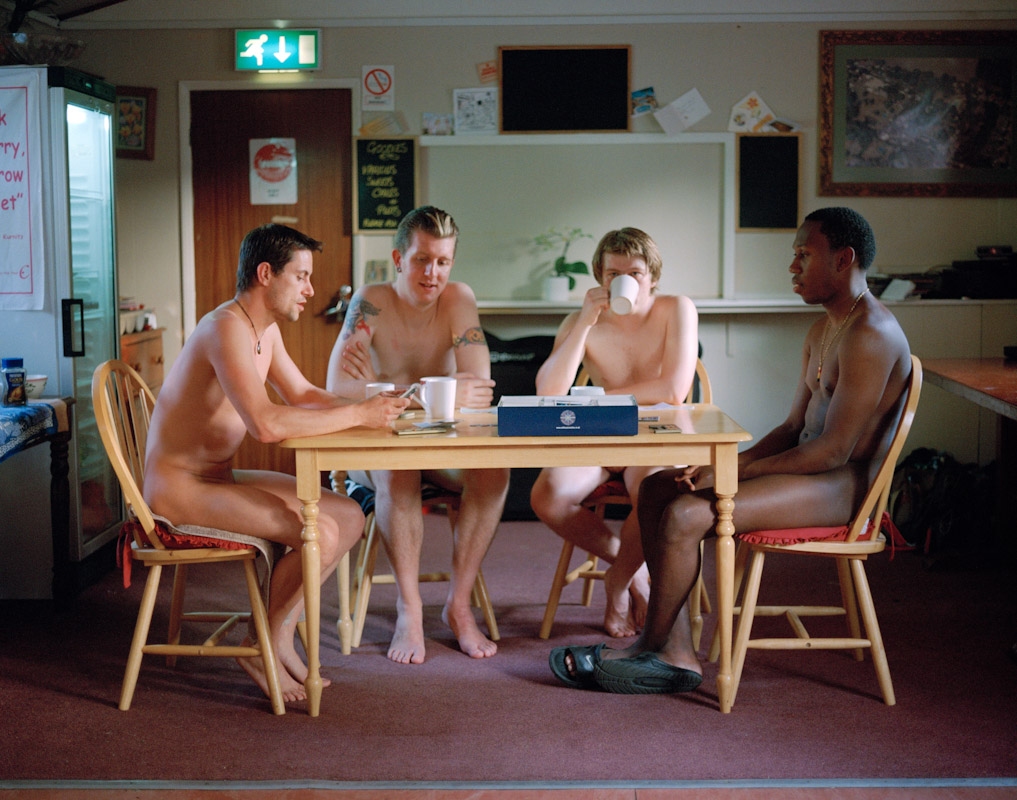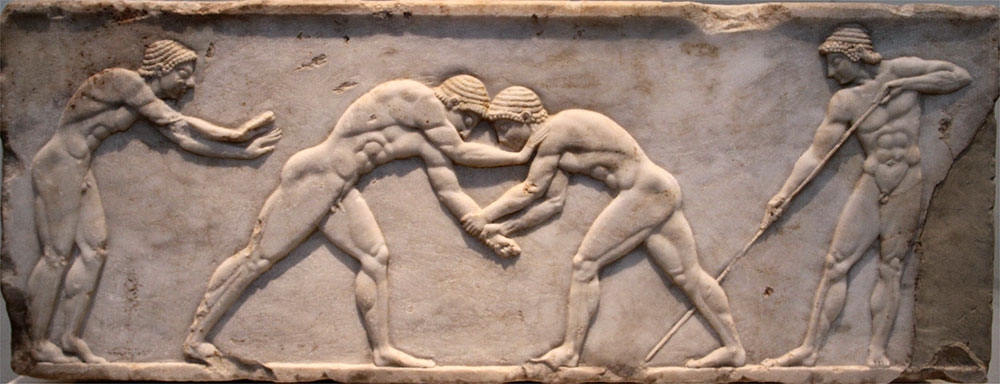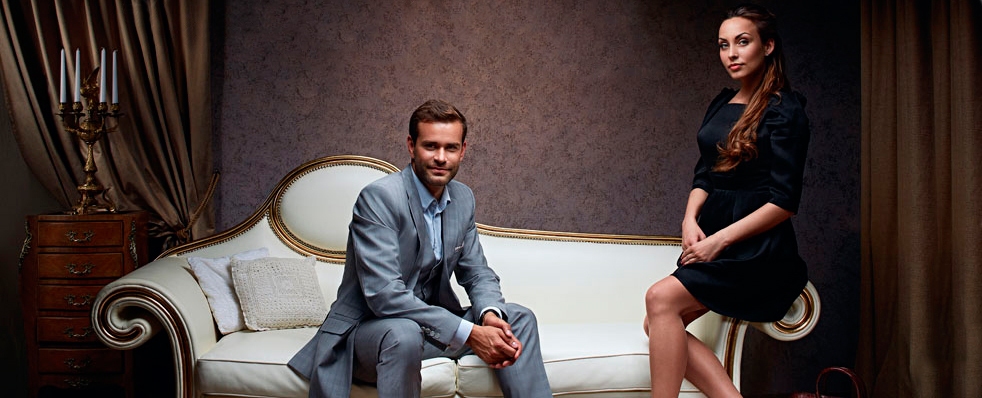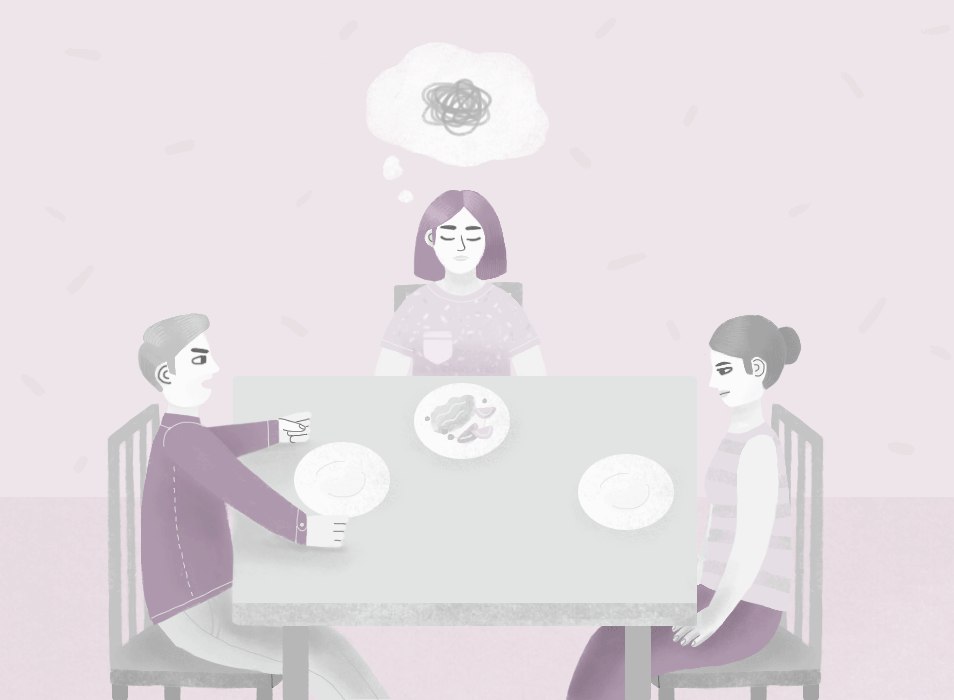How product and service promotion in the sphere of “beauty” presses unrealistic standards of appearance on us and denies the biological aspect of human existence as if we had already all become robots and learned how to reproduce in virtual space.
The effects of this disciplining machine—fear, guilt, and shame—are an important part of the capitalist cycle. The “beauty industry” instills in us disgust at our “wild”, “imperfect” bodies and then triumphs by offering us countless ways to “solve the problem”: from diets, exercise, all manner of consultations, cosmetic products and procedures to surgical modifications.
The process of “civilizing” the body seems only to have an entrance with no possible exit in sight. The current system of imposed notions of “beauty” has no concept of a woman who is “slim enough” or “pretty enough”. An image can always be found that shows this or that movie star or top model who has lost weight “better than you have”.
A typical advertisement for body “improving” products relies on comparison: “Here is a “regular” woman. This is what she looks like before using our remedy. And here is a superwoman. This is what you’re going to look like after.” Just as with comparing two dish detergents (one is bad at removing grease, the other is excellent), the ad convinces us that it’s unacceptable to be a “regular” woman. To be a woman relieved from fat—that’s the modern woman’s true goal in life.
In their dictating of “body norms”, the media associate images of people who have lost weight with images of success and pleasure. This is how we learn “where happiness resides” while simultaneously becoming increasingly unhappy with ourselves. Under the continuous whipping up of disgust towards our bodies we often forget that we are being condemned to compete with photoshopped pictures and unlimited resources for “self improvement” available to the “style icons” whose job it is to look the way fashion dictates.
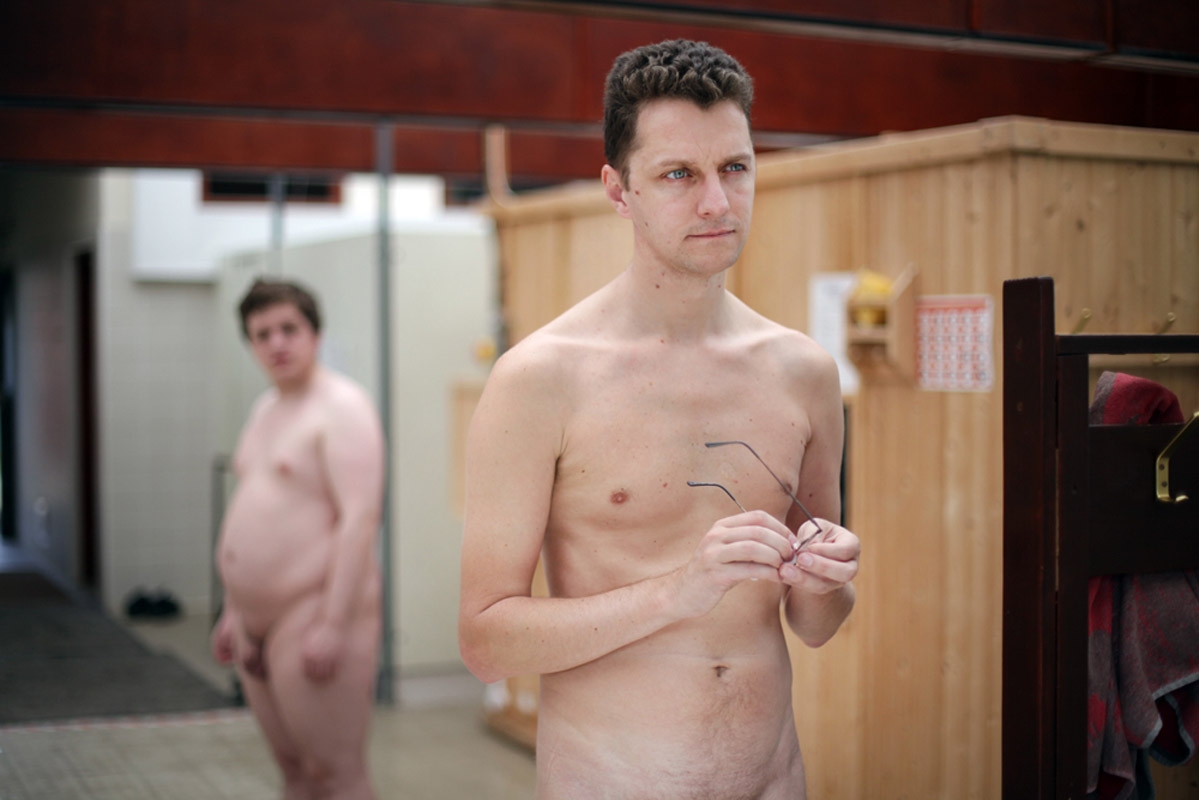
© Laura Pannack
A “regular” body with its unique curves and asymmetries is the fashion ideologists’ enemy. Implementing new haute couture ideas is far more convenient if what you keep in mind is an abstract flat body as an ideal dummy.
The “high fashion” that sets the trends in how we think of “beauty” does not create clothes for real live people. It forces live people to fit their bodies into its dresses.
The paradoxical and repressive way of thinking about bodies spreads ever wider and occupies new territories: children, men, older people are increasingly targeted by the “beauty industry” and the defatting ideology. Still, it is women who have the least license to set their bodies free.
During the last few decades, the woman’s double workload—career and family work—has been supplemented by a third task: subduing her body. And if you try to jump off that train, if you decide to love your body however “regular” it is, the “beauty police” will try time after time to drag you back into the realm of neuroses.
Mutually Controlling Bodies Without Organs
Every summer the same story happens to me over and over again. As soon as I start wearing less layers, people start offering me seats in public transport. I’m one of those “regular”, “average” built women. I’ve got a belly. It’s not flat and never has been. At different moments in my life it has variously been more or less rotund. Because my belly is not retracted, people often take me to be pregnant. And I see two issues here.
Firstly, the “beauty police” has driven the existence of “regular” bodies out of “public consciousness” utterly and completely and has replaced them with images of perfectly smooth, tucked up, defatted body surfaces that look as if they have no organs under them.
"As a result, a woman in her “fertile age” cannot possibly have a belly. If she does, it must mean she is pregnant, there are no other options"
The second issue is how we are supposed to understand pregnancy. Every time I hear the announcements in public transport that remind passengers to give up seats to “passengers with children, pregnant women, elderly and disabled people”, I find myself thinking about how people are being divided into “normal” passengers and those in need of care.

© Jade Beall
But where does the idea come from that pregnant women cannot decide for themselves whether they should stand or sit, and if they want to sit, why can’t they ask one of those already seated to give their seat to them? Who was it who first decided that pregnancy takes away your capability to think and make decisions for yourself?
In my opinion, the call to give up your seats to “the weak” reflects the quasiconcept of social protection currently in place in post-Soviet countries. Society members are imagined to be young, active, healthy, and childless. As a result, the urban environment is organized with regard to the minimal needs of those “universal soldiers” serving the interests of the state. “The rest” automatically become guests in the world of “ideal bodies” capable of functioning in an unfriendly space.
But “the rest” is all of us. All people are born handicapped and live this way through different phases of their lives. The status of an efficient and undemanding soldier on the “capitalist front” can be, under favorable conditions, but a temporary state for any person.
When we organize the infrastructure for “those who can” and invite them to give up their seats for “the rest”, we only maintain inequality and injustice, continuing to label people and pushing aside those who need additional provisions to access public goods. Disabled people, as well as passengers with children, do not need condescending care. They need an inclusive (in a broad sense) environment where they won’t need patronizing but will be able to participate equally in social life.
The symbolic care and worshipping of pregnant women which is common in our realities remind me of one ritual of a traditional Moroccan wedding: painting the bride’s hands with henna. While the henna patterns stays on the skin, the newlywed is exempt from housework which will soon become her lifelong duty.
In our part of the world, “making peace” with “female” family work takes place through reverential treatment of pregnant women. As she becomes a mother, the woman will be left alone to ponder how she is supposed to reconcile the fashionable codes of “natural parenthood”, family work, professional realization, and the implementation of glamorous beauty standards.
This is how the body dimension is added by the social order to the class, race, and gender divisions that are already in place, placing us within a hierarchy of “superbodies”, “regular” bodies, and “other” bodies. But while the horror of a “different” body is the heritage of the Soviet tradition of isolating the vulnerable rather than fighting the structural reasons for the problem, the horror of a “regular” body is the invention of the recent couple decades.
My mother remembers that in the late Soviet times, “belly fat” had a positive connotation and served as a sign of health and prosperity. When people came back from holidays in sanatoriums or medical centers, it was common to ask them: “How many kilos have you gained?” Gaining weight was considered to be a marker of time well-spent.
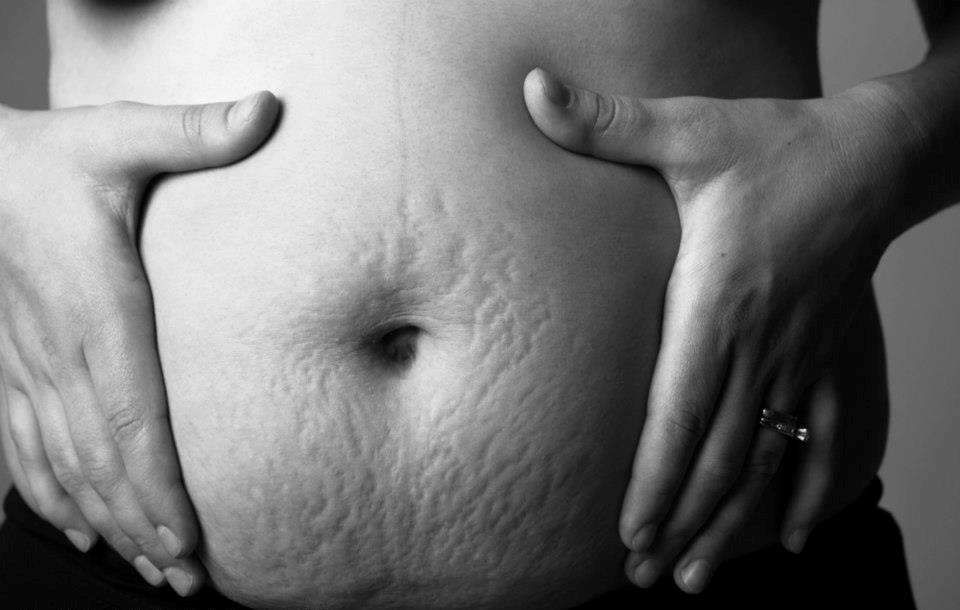
© Jade Beall
I have trouble imagining my grandmothers whose youth was during the wartime monitoring their weight and counting “extra” calories. My mother, on the other hand, has embraced the new perspective on body size when she went into retirement. She now weighs herself regularly and feels guilty when “indulging” in the “guilty pleasure” of “banned products”: sweets and fatty food.
While my mother reflects on what she eats, I myself already belong to the generation that “tries not to eat” at all. Pastry, for instance, is “unthinkable food” for me. But I still remember being forced to eat bread as a child. During my life, the beliefs about food, how it affects the body, and what constitutes a “healthy lifestyle”, have changed several times. In the era of product shortage, bread was important as an accessible “source of vitamins”, a means for sure satiation, a sacred symbol of survival in the times of social upheaval.
Reverence towards bread used to convey respect for farmers’ work. In the era of "fatphobia" bread is an "unacceptable evil".
My generation has moved surreptitiously from the “eat what you have” culture into a new system of directives where the motto is: zip your lip! And it’s not that there is more food in the digital society and people who eat indiscriminately hurt their health. It is the body image that is being promoted as the most desirable and supposedly healthy.
When I meet a friend I see once in a few months, I automatically reply “thank you” to her remark “you’ve lost weight”. Meanwhile, when I complain about the “tenderhearted” passengers who violate my private sphere by attributing the meaning of incapability to the size of my organs, what I often get in response is this “friendly” recommendation: “work on your abs”. In this value system, I cannot be left alone with just any body. I “have” to reduce its volume so as not to bother those around me with how I look.
But I don’t need more advice about how I should change my body to please others’ eyes, nor do I need ideas on how to “improve my attitude” towards violations of my personal boundaries. When we situate the problem within ourselves, we allow the unjust social structure to stay unchanged. And there are people within this system whose interests, in turn, are served by our shattered self-respect and our attempts to fit the unrealistic standards.

© Laura Pannack
The generations that are coming after us are learning the concern about losing weight already from childhood. This idea of “good behavior” has nothing to do with private choices made by free individuals. Every morning, when I scroll through my news feed, I see new evidence of the tireless work by the “fat police”.
The War on the Body
A popular singer who has recently become a mother and vanished from the media radars due to pregnancy makes a comeback with a story of how she managed to lose weight after giving birth. A little more than twenty years ago when I was starting my career as a journalist, this media story was impossible. Today it is one of the best selling stories even for those media that like to see themselves as “high quality”.
Such stories don’t tell us about the newly-thin artist’s new songs or creative process. Instead, we will be regaled to the list of all the things the singer didn’t eat to get rid of the weight she had put on during her pregnancy and how exactly she exercised. Through hard work and outstanding discipline, the pop diva reclaims her former size, and this is what is considered today her main professional achievement and a newsworthy event.
I have in front of me one publication of that kind entitled The Biggest Weight Losing Stories of the Year comparing show business stars’ bodies “before” and “after” losing the “extra weight” and explaining that a defatted body is now the main focus of any public job. The article preview landed in my inbox:
“A slender frame is every woman’s dream. But for celebrities it’s also part of their job. It is inexcusable for a star to get fat. And even childbirth, which is often accompanied by gaining weight, is no reason to relax. Famous women are ready to try all manner of diets and fitness programs to become thin again.”
This message signals to us what “regular” women are supposed to dream of if they follow contemporary role models, how they are supposed to treat food, and where to invest their energy.
And here is another episode in the media war on the body that helps shape the notion of what feelings “regular” women are supposed to have towards their flesh. For your attention: a sample of interviews with expert massage therapists who build up, under the cover of worrying about people’s health, disgust towards “regular” bodies, while ensuring themselves a steady inflow of work.
“An overweight woman is rarely happy with herself, and constant unhappiness leads to depression,” declares authoritatively one expert, transferring “regular” bodies into the area of psychopathology.
“At 50 or 55, it’s the menopause, and that’s a total disaster. That’s the point when a woman who doesn’t look after herself immediately turns into a retiree,” continues the professional, interpreting old age as unacceptable, as if turning into a retiree were the worst thing that could happen in one’s life. But in fact, it happens to everyone who lives long enough to go into retirement!
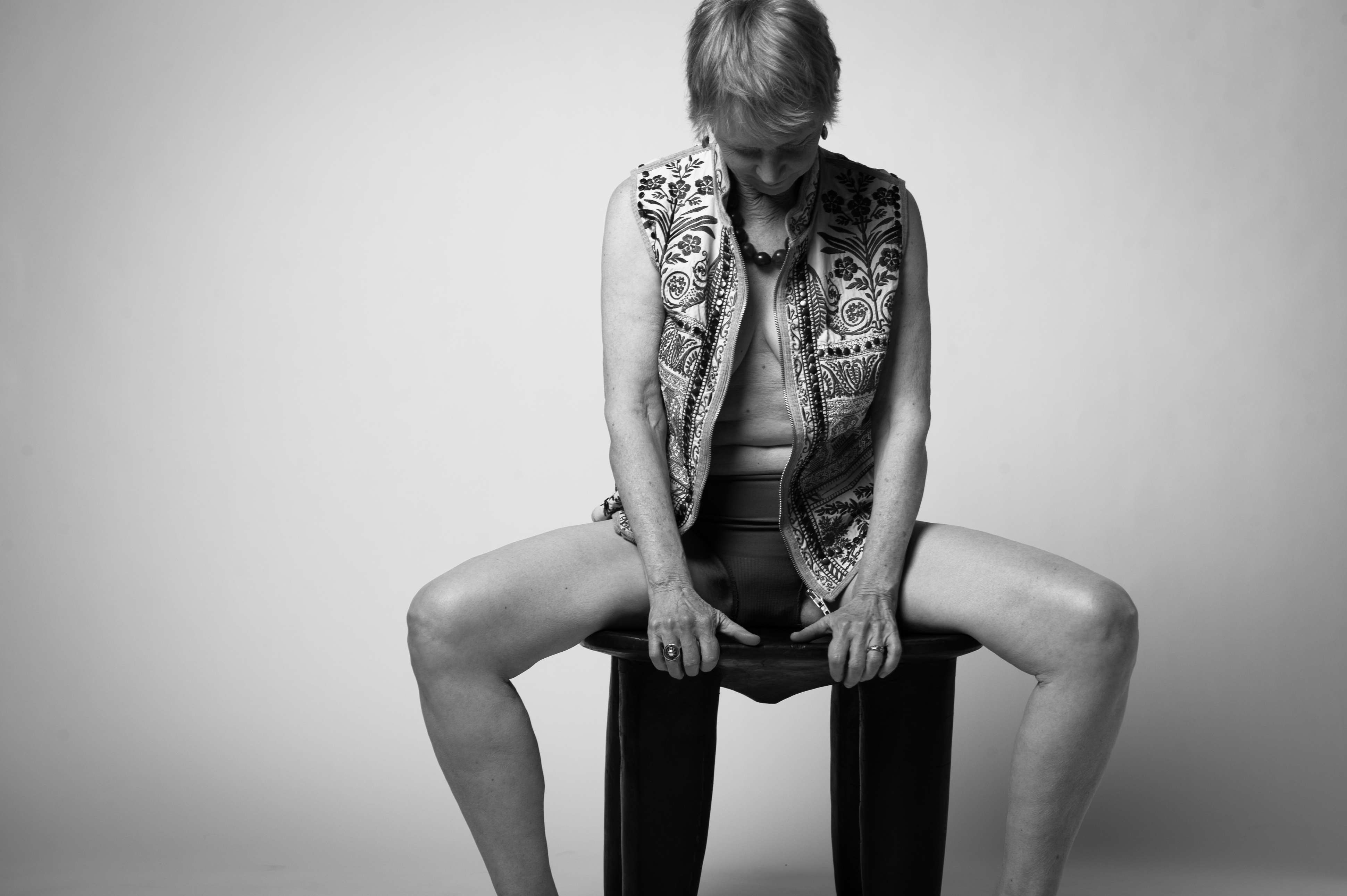
© Jade Beall
“Most regrettably, women in our country look simply dreadful at the age of 40 to 50: large, massive mannish ladies.” Critical remarks do not bypass men, either: to be them, as it turns out, is “horrible”. In parallel, a standard of women’s appearance is affirmed by contrast to what men look like. But if creating femininity requires constant work, doesn’t it mean that there is no femininity to begin with?
The subsequent statements’ general meaning comes down to the following: a female frame is “naturally” thin and slender but women spoil them with overeating, childbirth, lack of exercise, and aging. The discussion of how irresponsibly contemporary women treat their bodies is summed up in the following way:
“If even little girls are overweight and have blood vessel problems, needless to say grown-up aunties are far worse.”
Apparently, it is only babies who have a chance of not being repressed by the “fat police”. For how long, though?
The War on Age and Vestiges of Motherhood
Current gender role ideology explains that being a mother is every woman’s “sacred duty”. However, to look like or be described as a “mommy” or “auntie” is a crime according to the “fat police”.
This means that the responsibilities of motherhood are supplemented in our times with concerns about not offending other people with signs of the efforts and physiological processes entailed by mothering work. While working as mothers, women are also forced to work to sustain the myth of motherhood as pure pleasure that leaves no trace on the body.
The skills of ridding oneself immediately of the consequences of pregnancy is publicly approved nowadays. As if babies can indeed appear out of a test tube, ready to serve society, with no costs to anyone.
In patriarchal society, women are primarily associated with their corporeality, which is, in turn, judged against the current attractivity canons. A woman’s personality is reduced to her organs, or rather to the meanings various body images are assigned at a given moment in history. To be thin today is to be considered “good”, not to be thin is to be considered “lazy”, “backwards”, and a “loser”.
In this value system, the body represents both one’s “inner world” and one’s belonging to certain social groups.
The meanings ascribed to the body image delude us into thinking that the problem of a lower class origin can be solved by creating a “successful” body and then selling it at a profit on the marriage or labor market.
Whether a female body is “successful” is defined by how well it can conceal its biological essence. A “successful” body reduces its physical surface and all vestiges of its affinity to “wild nature”. A “civilized” woman must, for instance, control the “extra” hair. Unshaved armpits, “bikini zones”, and ankles receive the meaning of “disgusting” and “indecent” signs of our connection to our “uncivilized” past.
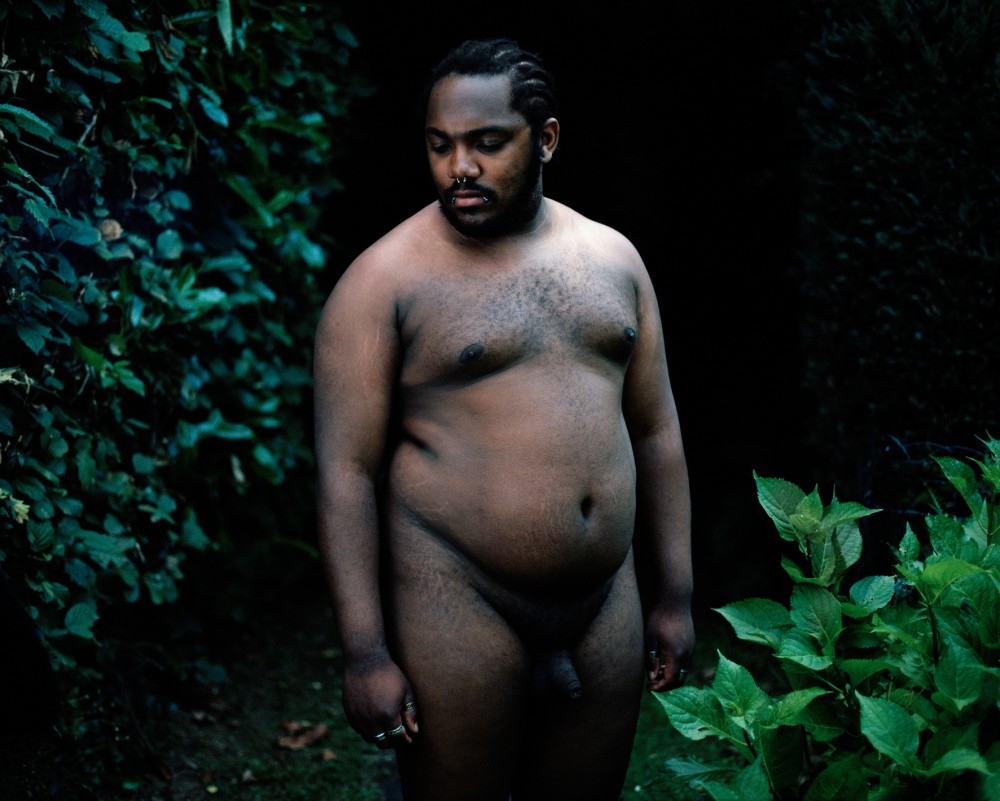
© Laura Pannack
Instead of our hairy, smelling, leaking, living and self-governing bodies, we are obligated to present their cultivated duplicates that are relieved as much as possible from anything “human”. As if we’d stepped into virtual space more than metaphorically, but had literally turned into digital “posthumans”.
In the framework of denying our connection to the “lowly natural” aspect of being, new phobias emerge. Psychologists notice ever more often that highly educated women, carriers of “proactive” culture, seek counseling due to fear of pregnancy or a frightening sensation of “a foreign body within” during pregnancy, that is, when physiological processes come to the foreground and cannot be rejected as “nasty” signs of our belonging to biological beings.
The connection to the “human” is ever more diluted in the anti-aging ideology that is currently gaining momentum: it explains that “to age well” today effectively means not aging at all, as if the processes leading to death were unnatural, “uncivilized”, and may be cancelled.
If a woman doesn’t look like a teenage girl, she is deemed lazy and not taking care of her looks. We make bodies that look most childlike into the standard of sexual attractiveness and at the same time allegedly try to “fight pedophilia”.
The beauty industry only “sees” thin bodies. “Regular” and “other” bodies are often denied trendy clothing, designer stores with “plus-sized” items are extremely rare. Pop culture female protagonists are mostly young women or women who look young “despite their age”. As if everything valuable and important only happened in the first few decades of one’s life, and the rest were nothing more than gloomy and empty time spent waiting for death.
Looking at older generation women who don’t try to fit in with the imposed appearance standards, I personally don’t see carelessness but rather a kind of sabotage of the “body police norms”. When they stop trying to lose weight or even never start doing it, women demonstrate disdain towards the hype around body size and reclaim the space of bodily freedom that shrinks swiftly with the spreading use of biotechnologies that let primarily celebrities maintain the illusion that eternal youth is possible.
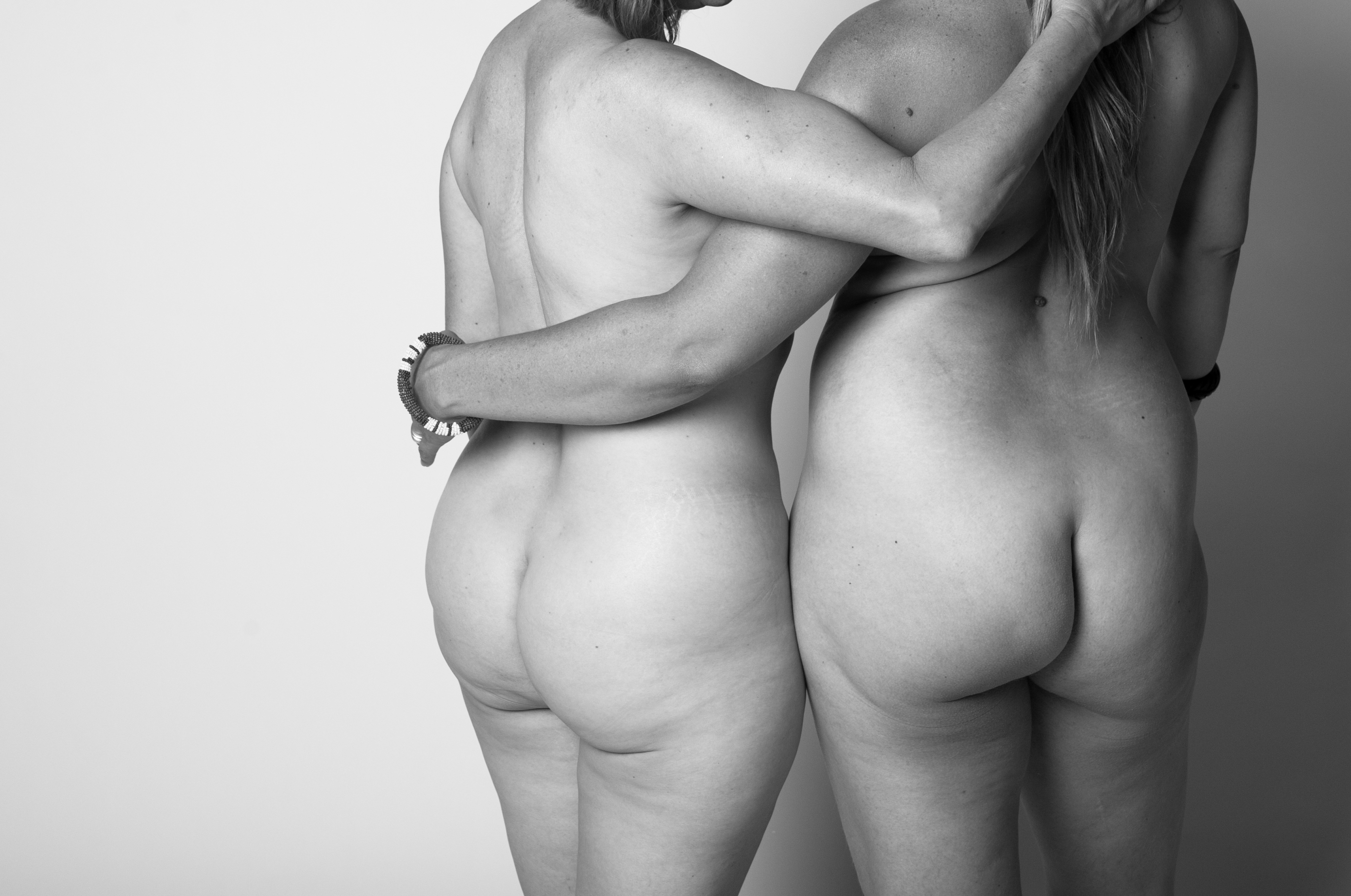
© Jade Beall
When we support the youth cult we automatically devalue other phases of life, especially those of aging and old age, which bear serious challenges as it is, namely reduced physical and social activity.
Therefore, the paradox of “cancelling old age” is that while we try to prolong young age and dismiss everything else, we actually shorten our own time that can.
This is particularly important in the light of the growing life expectancy and growing numbers of elderly people on the planet.
We all get old, our bodies change constantly under the influence of natural processes and the environment. But every time we raise the banner of fighting “extra weight” or signs of aging, we do not only devalue our mothers’ and older women’s experience, but also deprive ourselves of the right to live in peace with our age and bodies, increasing the entropy of universal suffering. Are we really that concerned with the beauty industry thriving? What is your share in that business?

